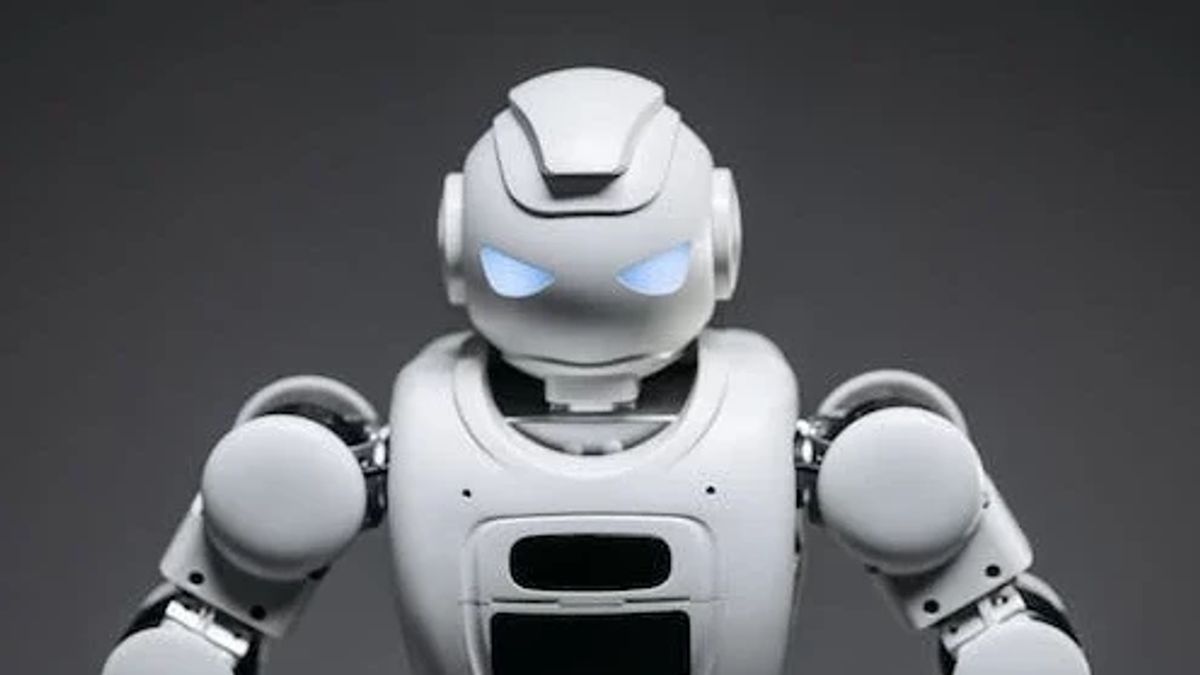JAKARTA - Companies in North America ordered about a third fewer robots last year due to concerns about the economic slowdown and rising interest rates making it difficult to justify the purchase of these advanced machines, becoming the first obstacle in five years in what has been a stable development of a robotic invasion in the region's workforce.
"When the economy is not good, it's easier to delay purchases," said Jeff Burnstein, president of the Association for Advancing Automation, an industry group that tracks robotic orders.
The company bought 31,159 robots in 2023, a 30% drop from the previous year, the biggest percentage drop since 2006 and the biggest drop in net units of all time, according to the group, known as the A3. The decline occurred in automotive-related industries - which accounted for about half of last year's market - as well as other sectors such as food and metal manufacturing.
Orders in the fourth quarter reached 7,683, an 8% drop from the same period a year earlier.
The decline in robotic orders occurred even as several companies announced initiatives to develop more sophisticated versions of these machines. Robot startup Figure said last month that it formed a partnership with BMW Germany to deploy humanoid robots at BMW car manufacturers in South Carolina to take over certain physical tasks. Electric car manufacturer Tesla also has a humanoid robot in development.
But for many manufacturers of robots, selling existing machines has been hampered by concerns about the economic slowdown and excess inventory built during the COVID-19 pandemic. Universal Robots, a small flexible robot maker from Denmark, recently reported their revenue down 7% last year, to 304 million US dollars.
"The year 2023 was marked by a difficult economic and business environment for many of our core customers with global industrial activity slowing down in the first half of the year," said Universal President Kim Povlsen.
Robot sales shot up during the COVID-19 pandemic - as manufacturers struggled to use these machines to produce goods amid severe labor shortages. Indeed, 2022 was marked as a record year for orders, according to A3 data.
SEE ALSO:
To be sure, robots are just one type of equipment the company needs, and other spending indicators have survived better in the US. Orders for non-restrictional capital goods that don't include aircraft - a measure economists pay great attention to tracking the trend of business spending - up 1.7% last year, according to the Commerce Department, suggest that investment in more basic types of equipment remains stable as the economy counters sharper hopes of a slowdown.
Dave Fox, president of CIM Systems Inc, a company in Noblesville, Indiana, known as an integrator that assembles robotic systems for customers, said its business started well last year but then slumped.
"Some major projects have been delayed until this year," Fox said. "There are some customers who expressed their concerns about the economic direction. And interest rates may also not help." Fox estimates its business volume will drop 30% by 2023, compared to the previous year.
Fox said some customers who delayed orders are now asking for an updated offer, which is a good sign for businesses in the coming months. But he said it was too early to say whether businesses would return to such a high level during the pandemic.
Burnstein of A3 said most of the robotic manufacturers he talks about are optimistic that businesses will improve over the second half of this year. Burnstein says the industry has largely passed the distortions caused by the pandemic.
During the crisis, many companies ordered additional robots because they feared they would not accept shipments amid production delays and global supply chain collapse. "There is still a feeling that companies are buying ahead of their needs (in 2022)," Burnstein said, "so many companies now have inventory to process before they order more new robots."
Joe Gemma, chief revenue officer of Wauseon Machine, an integrator of the system in Ohio, agrees that there is an oversupply that damages business. "Many of us order extra inventory," he said. "Our subscription is the same way."
Gemma said the ongoing labor shortage in the US means the robotic business will continue to grow. "I've just been at a factory that normally has 600 people working in production - and they have 140 vacant positions," he said. "Almost every place we visit, there are still labor challenges."
The English, Chinese, Japanese, Arabic, and French versions are automatically generated by the AI. So there may still be inaccuracies in translating, please always see Indonesian as our main language. (system supported by DigitalSiber.id)


















